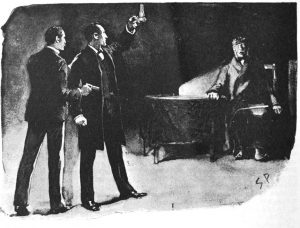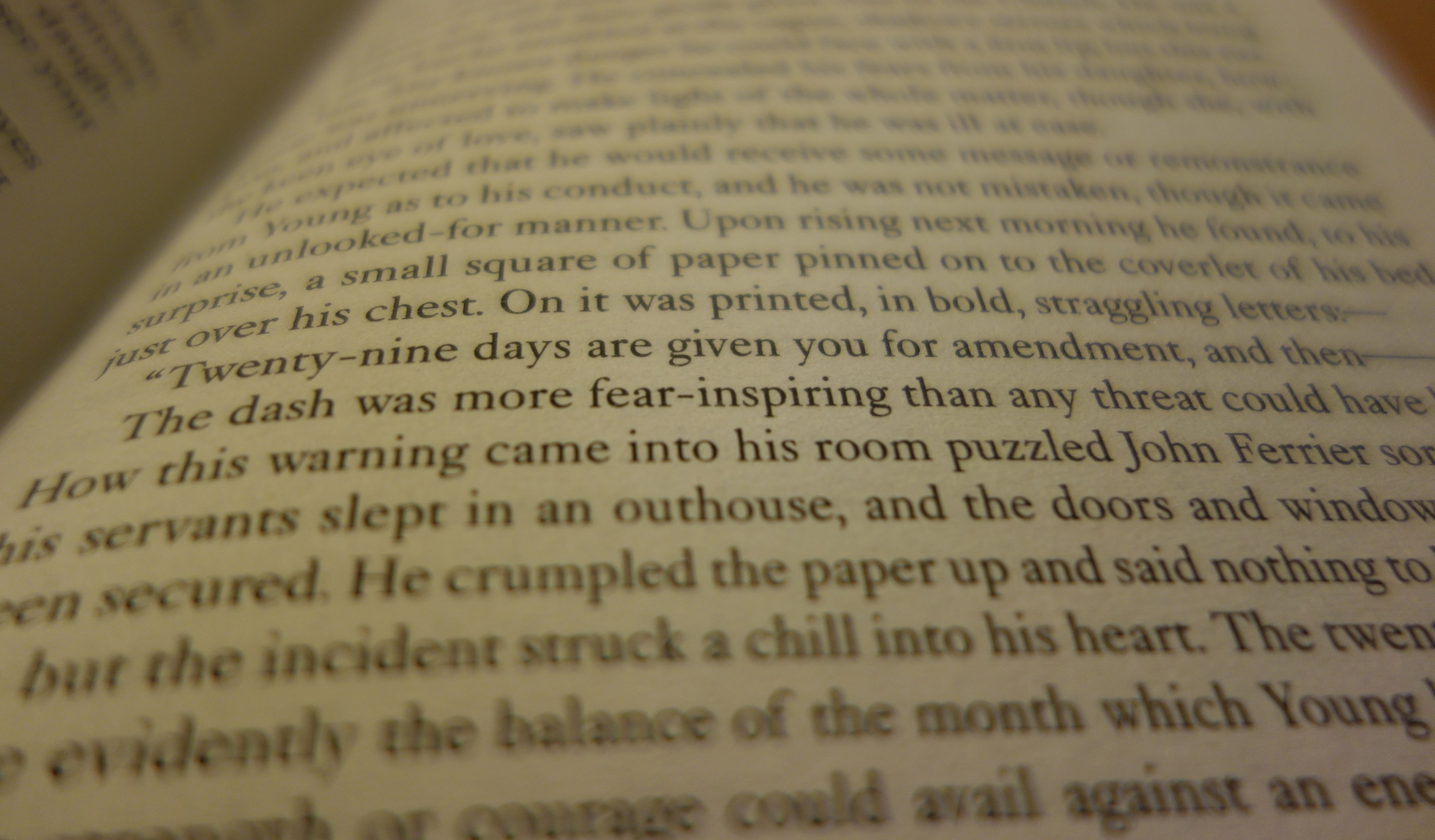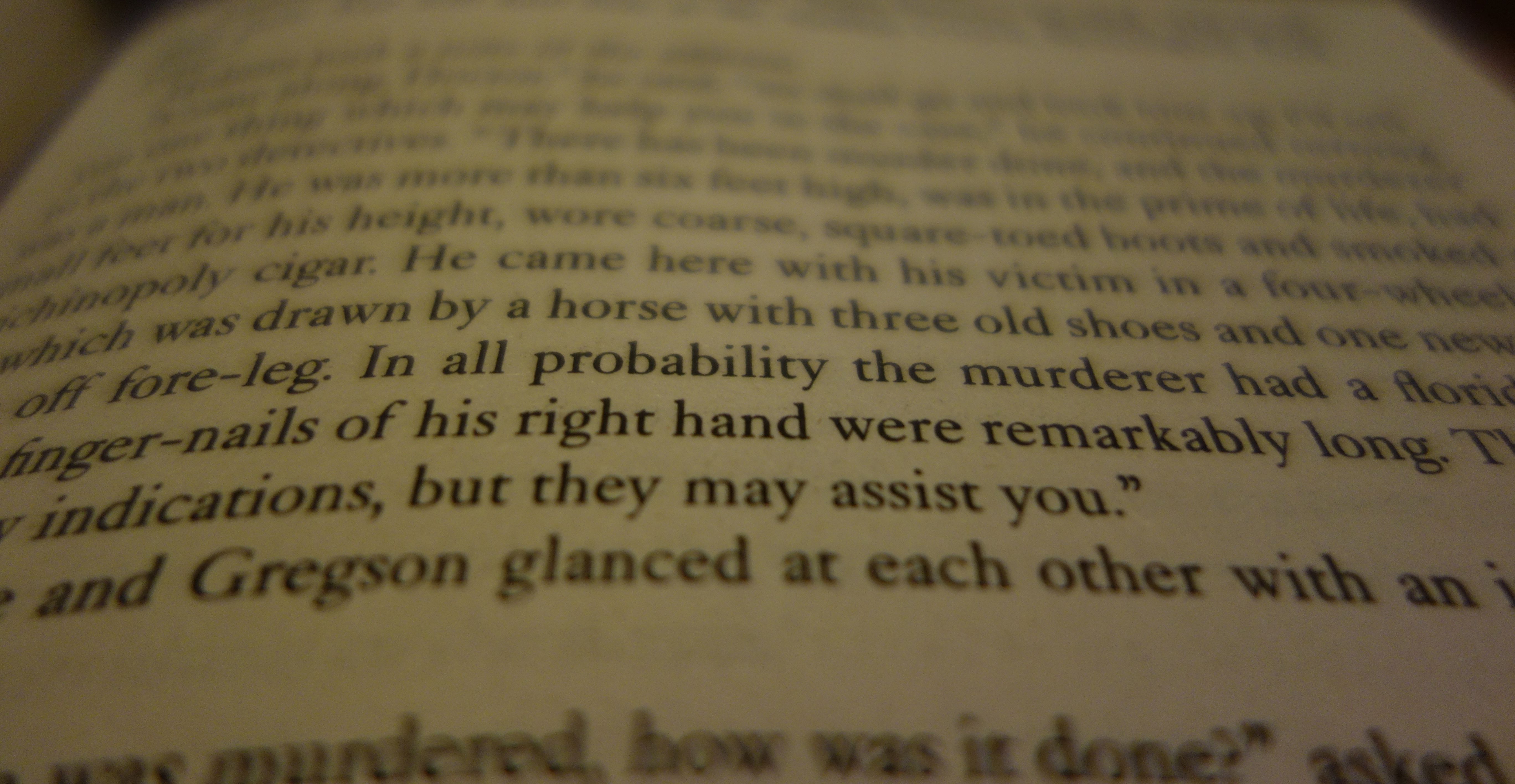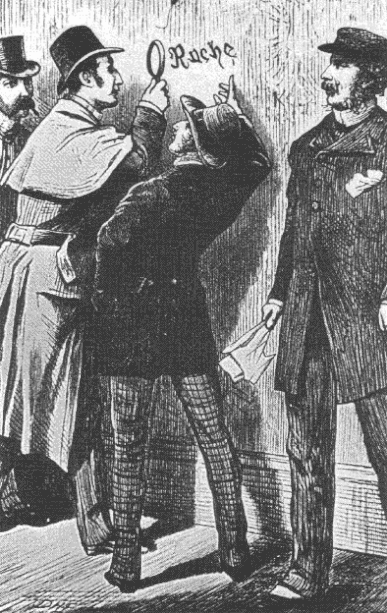Yesterday I was teaching migrant English using an abridged version of Arthur Conan Doyle’s The Speckled Band. I enjoyed it so much, I sought out the original unabridged version and found some lines in the middle of the story that reveal Conan Doyle’s sharp wit and great sense of rhythm. It’s also clear at this point that Sherlock Holmes has the suspect worked out and now simply has to nail him. Here, Holmes’s associate, Dr Watson, records an exchange between Holmes and the suspect, who is screaming at him furiously:
“I know you, you scoundrel! I have heard of you before. You are Holmes, the meddler.”
My friend smiled.
“Holmes, the busybody!”
His smile broadened.
“Holmes, the Scotland-yard Jack-in-office!”
Holmes chuckled heartily. “Your conversation is most entertaining,” said he. “When you go out, close the door, for there is a decided draught.”

*****



